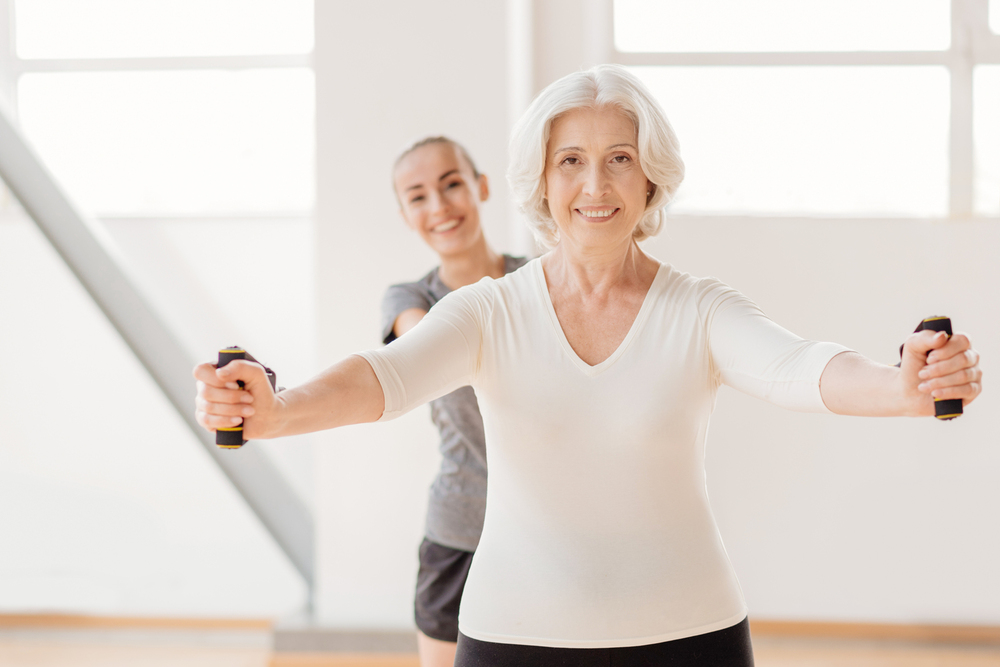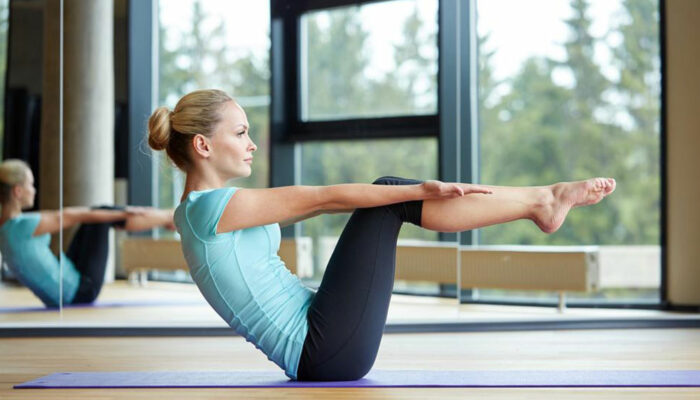
What To Do Now To Prevent Osteoporosis
Osteoporosis is a serious bone disease that weakens the bones gradually. Oftentimes, patients overlook this condition until a sudden impact causes a bone fracture. With osteoporosis, a simple laugh or sneeze could lead to a broken bone. Common injuries for osteoporosis patients include broken hips, a broken wrist, or broken spinal bones. The symptoms of osteoporosis include broken bones and a stooped posture, especially for women of advanced age.
Below are healthy ways to prevent osteoporosis and protect bone health:
1. Do resistance exercise
Resistance training exercises involve using an opposing force like weights to strengthen the muscles. In resistance exercises, tendons pull on the bones, boosting the muscle and bone strength. These exercises will enhance your flexibility preventing the risk of falling. Examples of resistance training exercises include push ups, squats, using weight machines, and elastic resistance bands. You could also lift young children or grocery bags. Make sure to consult with your doctor on the most helpful body exercises.
2. Supplement with vitamin D
While preventing osteoporosis, make sure to get some sun. Essentially, Vitamin D stimulates the absorption of calcium into the body. Therefore, strengthening the bones. Exposure to sunlight stimulates the production of Vitamin D in your body. Fortified foods, including orange juice and milk, are rich in vitamin D. Other sources of Vitamin D include beef liver, fatty fish, egg yolks, and cheese. You could also consider taking 10mg Vitamin D supplement daily.
3. Consume a diet rich in calcium
Eating calcium-rich foods is vital to enhance bone strength. Such foods include dark green vegetables, salmons, dried fruit, and fat-free or low-fat dairy products. Calcium-fortified foods include soy milk, cereal, and tofu. Without calcium, your body begins to break down the bones to get what it needs. Therefore, resulting in a low bone mass. Adults require 700 mg of calcium intake daily, which you can obtain from a healthy diet.
4. Do yoga
Yoga is a muscle-strengthening exercise that helps to improve your balance, flexibility, and bone strength. Yoga is also a weight-bearing exercise that focuses on carrying your weight against gravity. Your feet support your weight, strengthening your muscles, joints, and ligaments. Yoga essentially stimulates your body to develop a new bone.
5. Get Regular Bone Density Screenings
A bone density screening test involves a physical examination and measurement of bone density using imaging tests. In most cases, osteoporosis doesn’t show any tangible symptoms. Consequently, most people don’t realize they have osteoporosis until a bone breaks unexpectedly. Regular bone density tests will discover bone-related problems before they become more severe. There are various bone density screening tests. They include Dual-energy X-ray Absorptiometry (DXA), ultrasonography, and quantitative computerized tomography. Doctors recommend regular bone density tests for postmenopausal women and men above 70 years. These tests are also essential for adults with a fragile structure and low bone mass. Evenity romosozumab-aqqg is a treatment option for postmenopausal women at high risk of bone fracture. Doctors also recommend Evenity romosozumab-aqqg for intolerant patients to other forms of osteoporosis therapy.
6. Quit smoking
Healthy lifestyle habits contribute immensely to your overall health wellness. If you’re a smoker, quitting is the first step toward preventing osteoporosis. According to research, tobacco smoking makes you more prone to bone fractures and osteoporosis. Smoking reduces blood supply to the bones and body tissues. Additionally, nicotine inhibits the production of osteoblasts- the bone-forming cells. Smoking also impairs the body’s absorption of calcium, weakening the muscles and bones. Moreover, smoking stimulates hormone imbalance. Low levels of estrogen in both men and women result in a weak skeletal structure.



